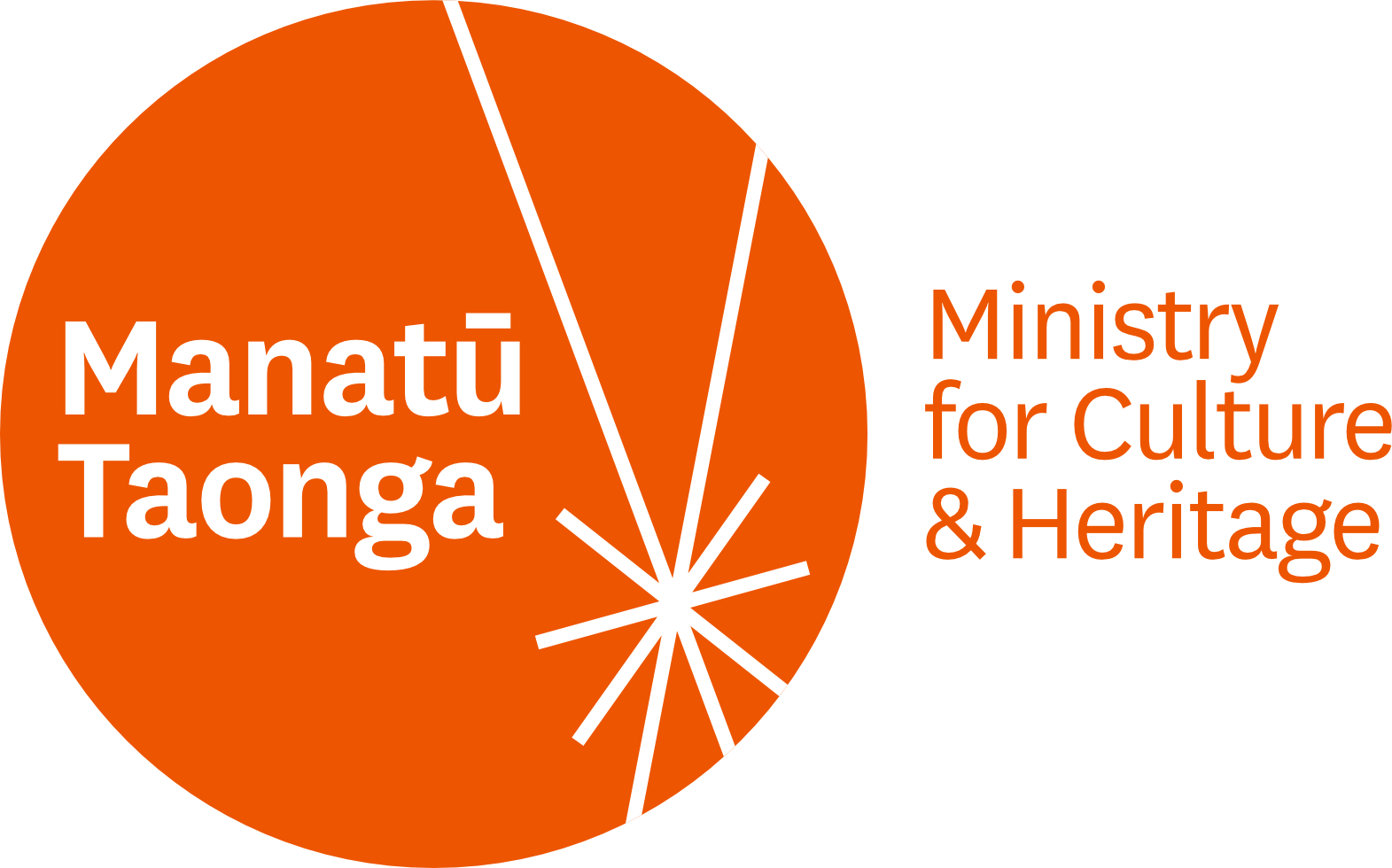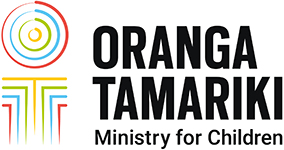Research on performing arts in Australian prisons
27 November 2015
Performing arts have become a growing worldwide presence in prisons over the past 30 years, attracting academic and media attention, says a summary report on research conducted by Griffith University in Queensland, Australia.
The report, Captive Audiences: the impact of performing arts programs in Australian prisons, discusses the myriad forms of performing arts projects in Australian prisons and points to the lack of research documenting these projects.
The research found that a key challenge was to find a “common language” for effective communication between arts organisations and corrections facilities.
Framework for effective communication
There’s a “pressing need” for a framework that enables the development of relevant and meaningful project proposals – at the same time providing correctional staff with the information they need for policy, decision-making and effective engagement with arts projects.
As a result, researchers have developed a framework that positions performing arts within two main areas of correctional service delivery:
- prisoner development
- humane, effective and safe prisons.
The Captive Audiences research project also identified a need for guidelines to develop and assess these proposals. A recommendation was to use a “logic model” approach for project development, management and evaluation.
Guidelines for assessing proposals
This includes ten points.
- Situational analysis: What are the perceived needs? Why are we doing this project?
- Goals: How is this project meeting this perceived need? What change do you want to achieve over the life of your project?
- Assumptions: What assumptions are we making?
- Intentions of the project in terms of correctional service delivery: How does the project fit in with the prison’s service delivery?
- Project inputs: What resources are needed to complete this project?
- Project activities: What are the specific actions that make up the proj4ect?
- Project outputs: What are the creative outputs of the project?
- Short-term outcomes: What are the projected immediate and tangible benefits of the project?
- Intermediate-term outcomes: What are the next projected results or impacts of the project?
- Long-term outcomes: What change do you hope will occur over time?
The research project selected five case studies that use the performing arts in Australia’s correctional facilities in diverse ways. They are:
- Somebody’s Daughter Theatre, which has been producing theatre, music and arts with women in prison, post release and with marginalised young people for more than 30 years
- Drumbeat, a ten-week drumming programme that focuses on rhythmic activities that support teamwork and reflection on a range of life issues.
- One Mob Different Country, a dance programme operating from Darwin Correctional Centre and allowing low-security indigenous prisoners to perform traditional Aboriginal dances at events for community, government, private and not for profit organisations.
- Queensland Shakespeare Ensemble Shakespeare Prison Project, working with up to 20 prisoners each year and culminating in the performance of a Shakespeare play.
- Unlocked, an initiative focused on education and taking Australian poets into correctional centres to work with inmates and stimulate active, creative participation.
Explore our Arts in Corrections resources
- Art Inside podcast
- Arts in Corrections news/blogs
- Research
- Resources
- Arts in Corrections media
- Arts in Corrections awards




